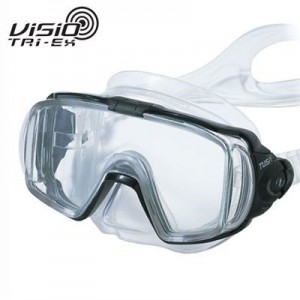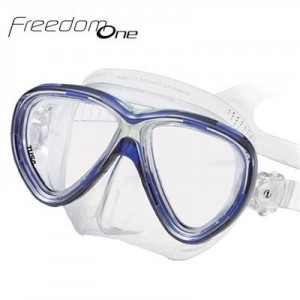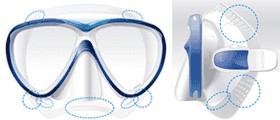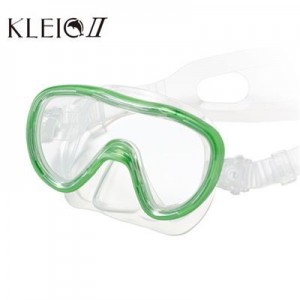Choosing The Perfect Dive Mask
This guide covers the various masks made by Tusa, but is also very relevant to any other brand of masks!
Your first step outside the world of rental dive gear, will probably be getting your own mask. Why start with a mask? Because each person has different and specific facial features. There’s no guarantee that the dive center you are diving through will have a mask that would fit you perfectly, and you DO want it to fit perfectly. Just imagine being the only one in the group to miss the Whale Shark or Dolphins passing by because you needed to clear your mask (Sadly, this happened to yours truly).
To be honest, I didn’t follow that rule. The first mask I owned was a purple Tusa M16 Serene which I won in an underwater costume contest (I was a female Poseidon!). Until then I just used masks from the dive shops I worked for. Since then I went through a few more masks and have had the pleasure of helping my divers and scuba students finding their own perfect mask.
So here are a few tips for finding a perfect mask, based on specific facial features:
Nose and Eyebrows:
The nose and the area between the eyebrows are the two key points which may hurt due to a poorly fitted mask.
Those of us who were not blessed with a perfect, slightly upturned nose, have this annoying little bone in the center of the nose, AKA the Nasal Bridge, which turns the experience of choosing a mask into a living hell. If the mask is not deep enough it will definitely leak, your nose will hurt and sometimes can even bleed while diving.
Another common issue might occur if the center of your eyebrows area is a bit prominent. It’s easily noticeable if you exit the dive with a big red “U” above your nose, when using most standard masks. A mono-lens mask will solve the little pinch you feel when using a regular two-lens mask.
The TUSA Visio Tri-Ex is deep enough to solve the nose problem and has a mono-lens to fix the eyebrow situation. It also gives you a wide view angle of 168 degrees.

Get the Tusa Visio Tri-Ex Mask here
Cheeks and cheek bones:
I have big cheeks. The kind aunties love to pinch. My cheeks move around with every facial expression I make. You can imagine how problematic it can be to smile, make little gestures to your dive buddy or even breathe with the regulator’s mouthpiece. I’ve found that two lenses and a wide skirt prevent the mask from leaking in that case. Just like Tusa’s Freedom One:

The Freedom One features a dimpled skirt at key areas around the forehead, cheek bones, for flexibility, softness and extra skin surface contact, varied silicon thickness in the areas of mouth and nose prevents distortion and stability ridges under the cheek bones to minimize the compression at depths.

Get the Tusa M-211 Black Freedom One Mask here
Face Size
Having a small and narrow face or a big round one affects the way your mask will fit you.
For those of you with a small face the M111 Kleio II will be perfect (for example, kids).

Get the Tusa Kleio II Mask here
For those of you with an unusually large head and wide face, the M14 Visualtor is highly recommended. This mask also has a 2.5 times larger field of vision.

That being said, the best way to choose a mask is to check its vacuum on your face: without the strap, put the mask on your face and inhale through your nose. If it sticks, the mask fits you and odds are it won’t leak.
- Choosing The Perfect Dive Mask – September 28, 2015

 CAD
CAD